
Wine Industry Trends for 2023
Discover 2023 wine trends including lighter reds, everyday sparkling, alternative packaging, emerging regions, value-driven brands, and a growing focus on inclusivity.
Make 2026 THE year.
Take 10% OFF your first 12 months of Tasting Group!
Code:
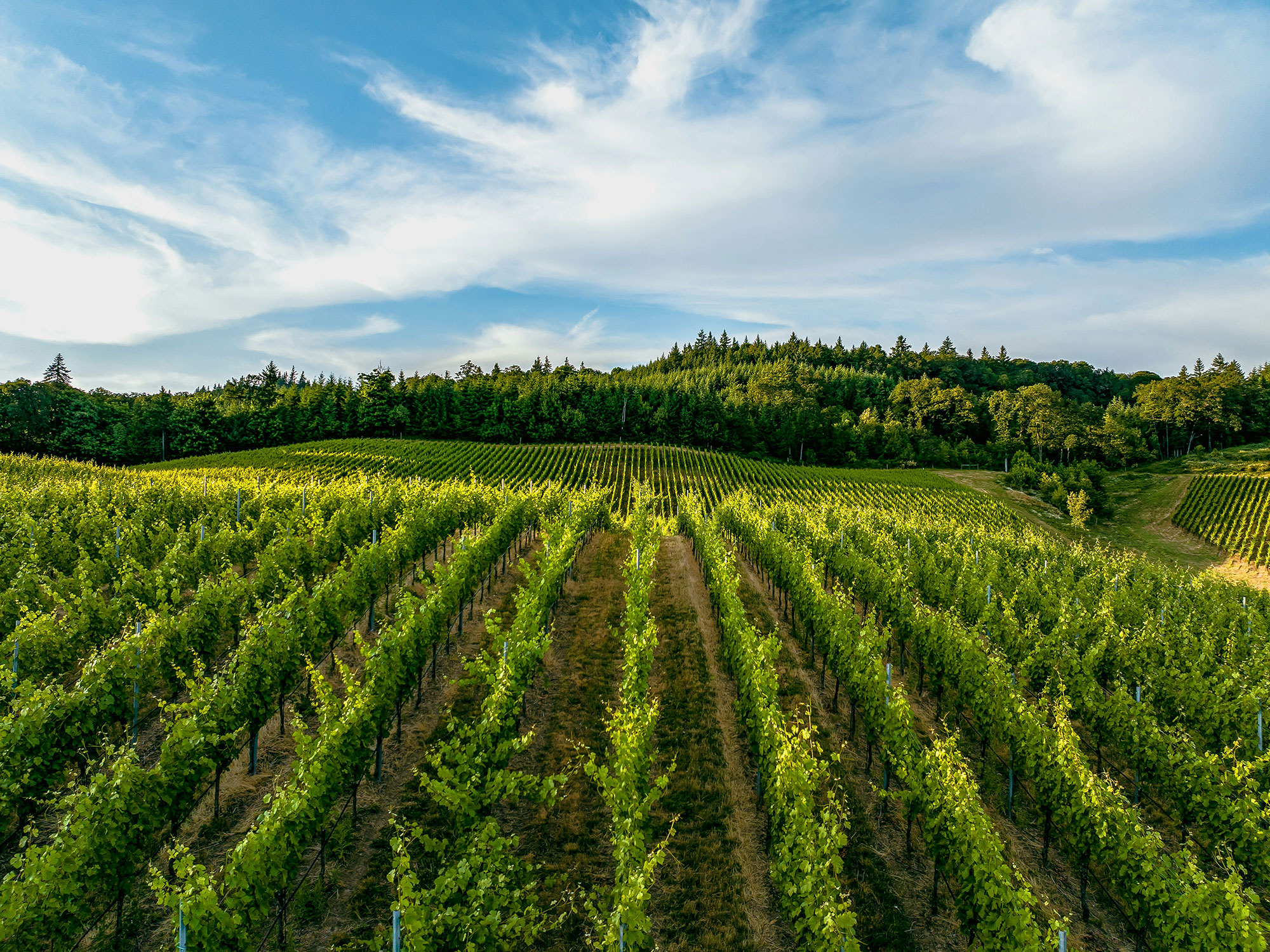
The making of Oregon’s wine country is a patient man’s game, to say the least. With erratic weather, a propensity for frost, and a Burgundian-like rigidity for rules, it’s a miracle this region is synonymous with some of the best New World Pinot Noir.
Much like Washington, I have a special place in my heart for Oregon wine. I gave blood, sweat, and tears to the 2021 vintage (don’t worry, they filter that stuff out) and lived in a van for two months just to do it.
In this post, we’ll take a deep look into the Oregon wine region. We’ll touch on some history, regions, and key varietals to know!
There are currently 23 recognized American Viticultural Associations (AVAs) in Oregon, though most of that wine comes from the Willamette Valley. The Valley’s history began in the 1960s when UC Davis grads decided (against all advice) to plant wine grapes amidst the rainy hillsides.
Compared to California and Washington, the Valley gets significantly more rainfall. Luckily, much of the rain is blocked by the small chain of mountains running down the valley known as the Coastal Range.
To date, Oregon is known almost entirely for Pinot Noir. It’s one of the only regions in the world focused on a single grape variety.
Fun fact: Oregon has very progressive land use laws regarding making wine. To have a winery in Oregon, it must be a “true working winery” where at least 75% of profit comes from selling wine.
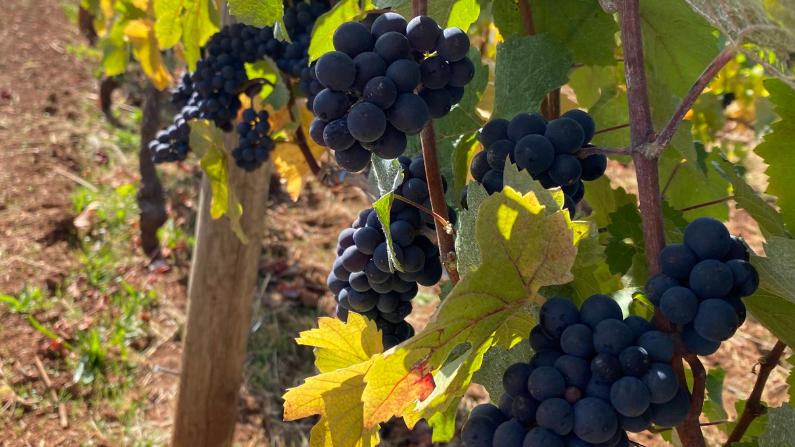
With sunlight and heat in short supply, ripening is hardly guaranteed. Still, despite this gamble, Oregon is churning out world-class Pinot. Why is that?
About 140 million years ago, a massive shift in tectonic plates beneath the Pacific Ocean shaped the western US and much of Oregon. This ancient uplifted seabed would later be covered in 1,000 feet of molten lava and then rocked by the cataclysmic Missoula Floods.
This combination of events would shape the Willamette Valley and cover the land in a combination of basalt, ancient marine seabed, and loess (windblown sand and silt).
As I mentioned, Oregon gets plenty of rain. While much of this is cut off from the Coastal Range, the rain that does fall happens mainly in the winter while the vines are dormant. The growing season is sunny but cool, making for slowly ripening, elegant, and nuanced wines.
Oregon is known almost entirely for Pinot Noir, but she has more tricks up her sleeve! Here’s a breakdown of the must-know varietals in Oregon:
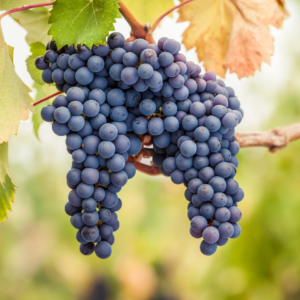
Made throughout Oregon, especially in the Willamette Valley. They’re known for being light yet rich, with flavors of supple fruit, cherry cola, and baking spice. Many Pinots can age for decades, developing more tertiary flavors and aromas of mushroom and forest floor over time.
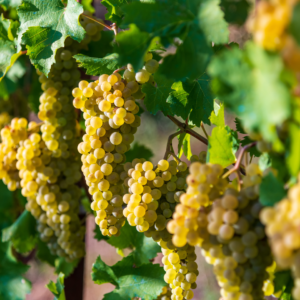
The leading white grape made primarily in the Willamette Valley. Oregon Chardonnay resembles Chablis as opposed to the oak-heavy Chardonnay of California. These wines are fresh, snappy, and elegant, with citrus and mineral flavor.
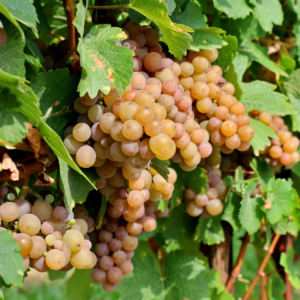
Considered a given by most winemakers. These wines are cheap and easy to make and provide a refreshing contrast to Pinot Noir.
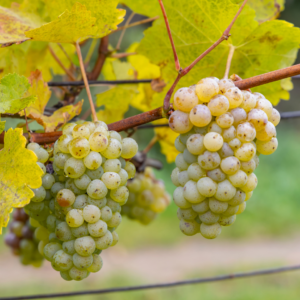
The first grape planted in Oregon, Riesling has remained a popular varietal throughout the Willamette Valley. It’s typically made in a dry style with zesty citrus and stonefruit flavors.
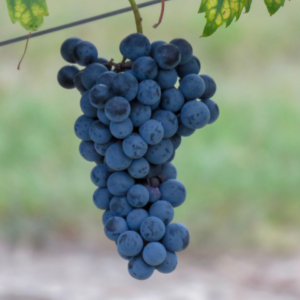
Mostly found in Southern Oregon, these wines are more fruit-forward and juicy than the earth-driven Tempranillos of Spain.
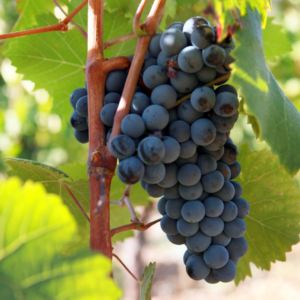
Very much an up-and-coming varietal that stems mainly from the warmer southern Oregon AVAs. I suspect we will see more of this varietal as global warming continues to affect “the norm.”
Fun fact: In the United States, a wine must contain at least 75% of a single grape to be labeled as that varietal. Oregon has taken that one step further, with a minimum of 90% required for Pinot Noir, Chardonnay, and Pinot Gris!
There are 23 AVAs in Oregon nested within several major regions: Willamette Valley, Southern Oregon, Columbia Valley, and the Columbia Gorge. The latter two are split between Washington and Oregon.
Here’s a quick breakdown of the major regions and subregions to know:
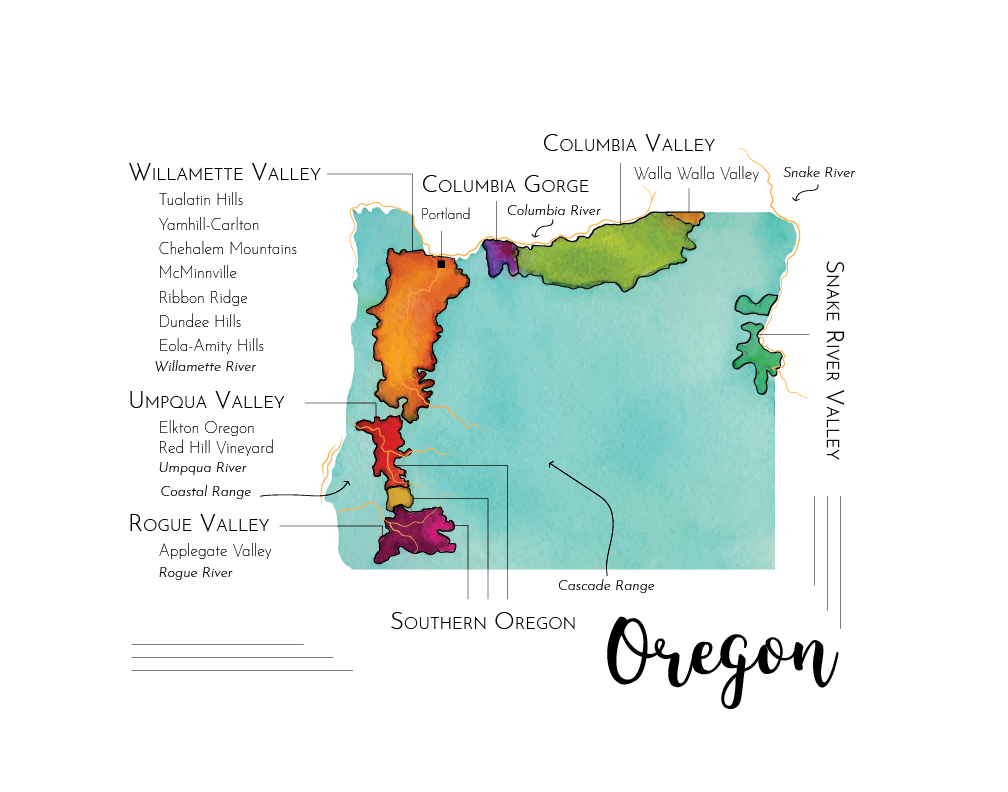
Far and away Oregon’s largest, oldest, and premier wine-growing region. Over ⅔ of the wine made in Oregon comes from here. It’s known mostly for making smooth, rounded, age-worthy Pinot Noir, though Chardonnay and Riesling are also widely popular.
Fun fact: 95% of the United State’s hazelnuts come from the Willamette Valley!
The largest AVA within the Willamette, the Chehalem Mountains are a single, 20-mile-long landmass comprising several hilltops. All three soil types can be found here: basalt, marine sediment, and loess.
Home to the first Pinot in the Valley, the Dundee Hills are formed mainly from ancient volcanic basalt. Its unique soil composition produces refined, velvety Pinots with rich aging potential.
This is one of the cooler regions in the Willamette Valley due to its proximity to the Van Duzer Corridor, the only gap or “Achilles heel” of the Coast Range. Wines here tend to be slow-ripening and delicate.
Centered around the hamlets of Yamhill and Carlton, this region is secured in a rain shadow due to the Coast Range to the west, Chehalem Mountains to the north, and Dundee Hills to the east. Mostly ancient marine sediment is found here.
This was Oregon’s second established wine region following the Willamette Valley. It has a naturally warmer climate, though it’s kept cool due to the protection from the Coast Range, Willamette Valley, and the Cascade Range.
Sunshine and cooling breezes allow the region to grow cool and warm climate grapes, including Pinot Noir, Chardonnay, Pinot Gris, Syrah, Tempranillo, and Merlot.
This region shares a border with Washington state and accounts for about ⅓ of the wine made in Walla Walla. It’s one of the few regions where you’ll find daring examples of Oregon Syrah, Cabernet, and Merlot.
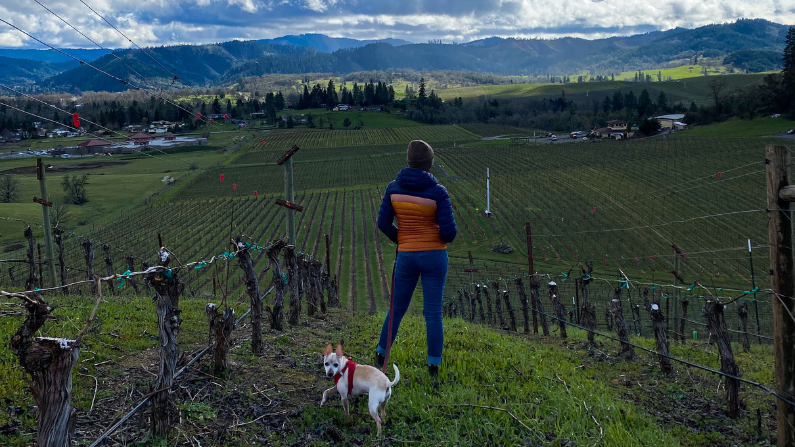


Discover 2023 wine trends including lighter reds, everyday sparkling, alternative packaging, emerging regions, value-driven brands, and a growing focus on inclusivity.
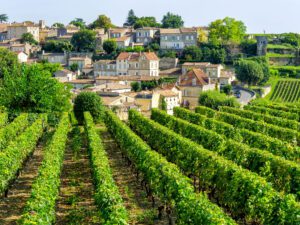
Discover Bordeaux’s diverse terroirs, from the Cabernet Sauvignon-dominant Left Bank to the Merlot-rich Right Bank, and explore its renowned sweet wines and classifications.
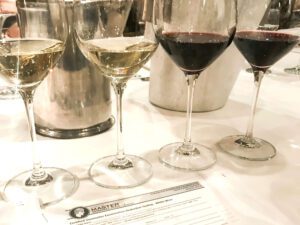
Embark on a personal journey through the rigorous Certified Sommelier Exam, navigating the challenges of tasting, theory, and service with determination and resilience.
No matter your current skill level, we can help you improve – pass that exam, share your wine knowledge with others, guide your buyers, enhance your guests’ experience, and show up with confidence and credibility as a wine professional!
Feeling overwhelmed by everything there is to study in wine?
Struggling to stay consistent with tasting, or make it feel purposeful?
Craving connection with others who get what you’re working toward?
Let’s make studying wine less overwhelming, more consistent, and fully enjoyable!
Enter your email below to join our wine newsletter, where we share expert tips, study tools, tasting insights, and updates to support you on your wine journey!
By submitting, you are consenting to receive marketing emails from The Grape Grind. You can unsubscribe at any time.
Want to get better at tasting wine?